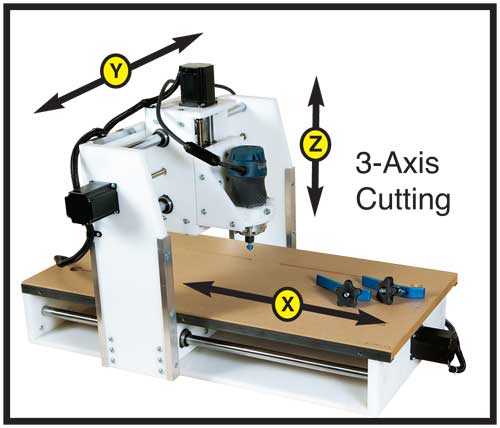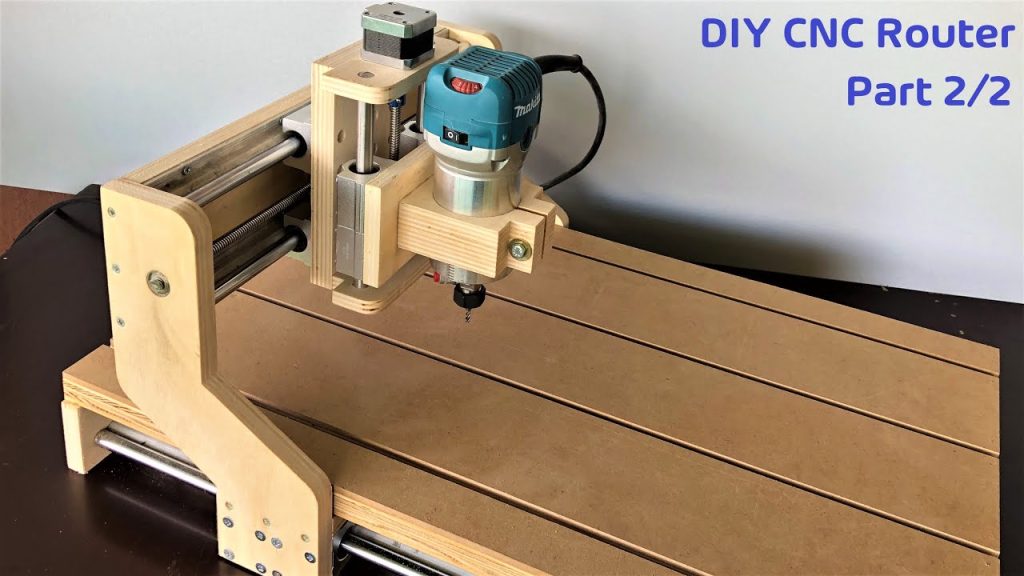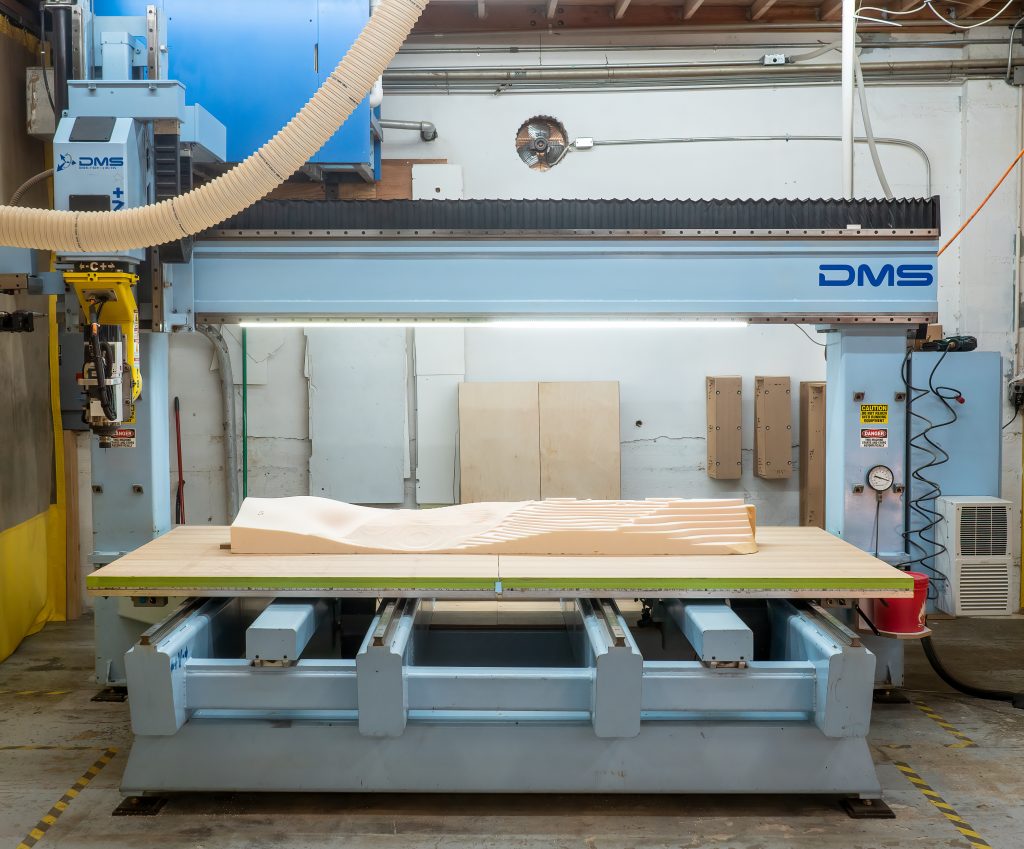Table of Contents
- Frequently Asked Questions
- Can involute gears be milled with a CNC router?
- What are the advantages of milling involute gears with a CNC router?
- What are the disadvantages of milling involute gears with a CNC router?
- What materials can be used to mill involute gears with a CNC router?
- What is the process for milling involute gears with a CNC router?
Paragraph 1:
If you’re a CNC enthusiast or a gear manufacturing professional, you may have wondered – can an involute gear be milled with a CNC router? This is a question that has been debated for a long time, and the answer is not as straightforward as you may think. In this article, we will explore the intricacies of involute gear milling with a CNC router and provide you with some valuable insights.
Paragraph 2:
Involutes gears are essential components in many mechanical systems, and their precise manufacturing is crucial for their proper functioning. While CNC routers are commonly used for various milling operations, gear manufacturing requires a high level of precision and accuracy. Therefore, the question of whether involute gears can be milled with a CNC router is of utmost importance. So, let’s dive deeper into this topic and see what the experts have to say.
Yes, an involute gear can be milled with a CNC router. However, it requires specialized software and tooling in order to achieve the necessary precision and accuracy. The process involves importing a CAD file of the gear, selecting the appropriate toolpaths, and using a high-quality cutter to produce the gear teeth. It is important to note that CNC milling may not be the most cost-effective method for producing large quantities of gears, but it is a viable option for small batches or prototyping.
H2: Involute Gear Milling with CNC Router
Gear milling is an essential process in the manufacturing industry that involves creating gears with a specific profile, shape, and size. However, the conventional gear milling process can be time-consuming and expensive. As a result, manufacturers have sought alternative methods to make gear production more efficient and cost-effective. One such method is using a CNC router to mill an involute gear. In this article, we will explore the feasibility of milling involute gears with a CNC router.
H3: What is an Involute Gear?
An involute gear is a type of gear that has involute teeth. Involute teeth have a unique shape that enables them to transmit power smoothly and efficiently. These teeth have a profile that is based on the involute of a circle. The involute profile is a curve that is generated by unwrapping a taut string from the base circle.
The involute profile is widely used in gear manufacturing because it offers several advantages. For instance, the involute profile allows for smooth and quiet gear operation, reduces wear and tear, and ensures accurate gear ratio.
H3: How is an Involute Gear milled with a CNC Router?
CNC routers are versatile machines that can be used to mill a wide range of materials, including metals, plastics, and composites. To mill an involute gear with a CNC router, you need to follow these steps:
Step 1: Design the Gear
The first step is to design the gear using CAD software. The design should include the gear’s teeth profile, pitch, pressure angle, and other critical dimensions.
Step 2: Generate the Toolpath
Once you have designed the gear, you need to generate the toolpath. The toolpath is the path that the CNC router will follow to mill the gear. You can use CAM software to generate the toolpath.
Step 3: Set up the CNC Router
After generating the toolpath, you need to set up the CNC router. This involves installing the cutting tool, setting the cutting speed, and selecting the appropriate cutting parameters.
Step 4: Mill the Gear
Once the CNC router is set up, you can start milling the gear. The CNC router will follow the toolpath to mill the gear’s teeth profile and other critical dimensions.
H3: Benefits of Milling Involute Gears with CNC Router
Milling involute gears with a CNC router offers several benefits, including:
1. Cost-Effective
Milling involute gears with a CNC router can be cost-effective compared to the conventional gear milling process. This is because the CNC router can mill the gears faster and with greater precision.
2. Versatility
CNC routers are versatile machines that can be used to mill a wide range of materials, including metals, plastics, and composites. This means that you can use the same machine to mill different types of gears.
3. Accuracy
CNC routers offer high accuracy and repeatability, which is critical in gear manufacturing. The CNC router can mill the gear teeth profile and other critical dimensions with high precision.
H3: CNC Router vs. Conventional Gear Milling
CNC router milling of involute gears offers several advantages over the conventional gear milling process, including:
1. Faster Production
CNC routers can mill gears faster than the conventional gear milling process. This means that you can produce more gears in less time, which can increase your production capacity.
2. Higher Precision
CNC routers offer higher precision and accuracy than the conventional gear milling process. This means that you can produce gears with tighter tolerances and higher quality.
3. Cost-Effective
CNC router milling of involute gears can be cost-effective compared to the conventional gear milling process. This is because the CNC router can mill the gears faster, with greater precision, and with less material waste.
4. Versatility
CNC routers are versatile machines that can be used to mill a wide range of materials, including metals, plastics, and composites. This means that you can use the same machine to mill different types of gears, which can increase your production flexibility.
H3: Conclusion
Milling involute gears with a CNC router is a feasible and cost-effective alternative to the conventional gear milling process. CNC routers offer higher precision, faster production, and greater versatility, which can increase your production efficiency and capacity. If you’re looking for a more efficient way to produce gears, consider milling them with a CNC router.
Frequently Asked Questions
Here are some of the commonly asked questions regarding milling involute gears with CNC router.
Can involute gears be milled with a CNC router?
Yes, involute gears can be milled with a CNC router. However, it requires precision and accuracy in the cutting process. The CNC router must be able to accurately move the cutting tool along the curves of the gear teeth. Additionally, the router must have a high level of rigidity to ensure that the cutting tool does not deflect during the cutting process.
Moreover, the gear must be properly designed with the correct module, pressure angle, and number of teeth to ensure that the gear functions correctly. The cutting tool must also be selected based on the material being cut and the desired surface finish.
What are the advantages of milling involute gears with a CNC router?
Milling involute gears with a CNC router offers several advantages. First, it allows for high precision and accuracy in the cutting process. This results in gears with a high level of dimensional accuracy and a smooth surface finish.
Second, CNC routers can easily produce complex gear shapes that would be difficult or impossible to produce with traditional gear cutting methods. This makes CNC routers an ideal choice for prototyping or low-volume production of gears with unique shapes.
What are the disadvantages of milling involute gears with a CNC router?
One of the main disadvantages of milling involute gears with a CNC router is the cost of the equipment. CNC routers can be expensive, especially those with high precision and accuracy. Additionally, the cutting process can be time-consuming, especially for gears with a large number of teeth.
Furthermore, CNC routers are typically not capable of producing gears with the same level of precision and accuracy as traditional gear cutting methods such as hobbing and shaping. This may result in gears that have slightly different dimensions or surface finishes than those produced with traditional gear cutting methods.
What materials can be used to mill involute gears with a CNC router?
CNC routers can be used to mill involute gears from a variety of materials including plastics, wood, composites, and some metals. However, the choice of material will depend on the specific application and the desired properties of the gear.
For example, gears that will be used in high-load applications may need to be made from a high-strength material such as steel or titanium. On the other hand, gears that will be used in low-load applications may be made from a lower-cost material such as plastic or wood.
What is the process for milling involute gears with a CNC router?
The process for milling involute gears with a CNC router involves several steps. First, the gear must be designed using 3D modeling software. The model must include the correct module, pressure angle, and number of teeth for the desired gear type.
Next, the model is imported into the CNC router software, which generates the tool path for the cutting tool. The cutting tool is then selected based on the material being cut and the desired surface finish.
Finally, the gear is cut using the CNC router. During the cutting process, the router must be carefully monitored to ensure that the cutting tool does not deflect or break, and that the gear is cut to the desired dimensions and surface finish.
In conclusion, it is possible to mill an involute gear with a CNC router. However, it requires a high degree of precision and expertise to achieve accurate results. The process involves using specialized software to generate the gear profile and ensuring that the router is set up correctly to cut the gear teeth.
While milling an involute gear with a CNC router can be challenging, it offers several advantages over traditional methods. CNC routers are capable of producing complex shapes with high accuracy, making them ideal for prototyping and small-batch production.
Overall, the decision to use a CNC router for milling an involute gear will depend on the specific requirements of the project. If precision and accuracy are essential, then a CNC router may be the best option. However, if cost and simplicity are the primary concerns, traditional gear cutting methods may be more suitable.
Request a quote today!
[contact-form-7 id="1578" title="Contact form"]
Please compress the file into a ZIP or RAR file before uploading. Alternatively, send through your RFQ by email.
enquires@unitymanufacture.com





